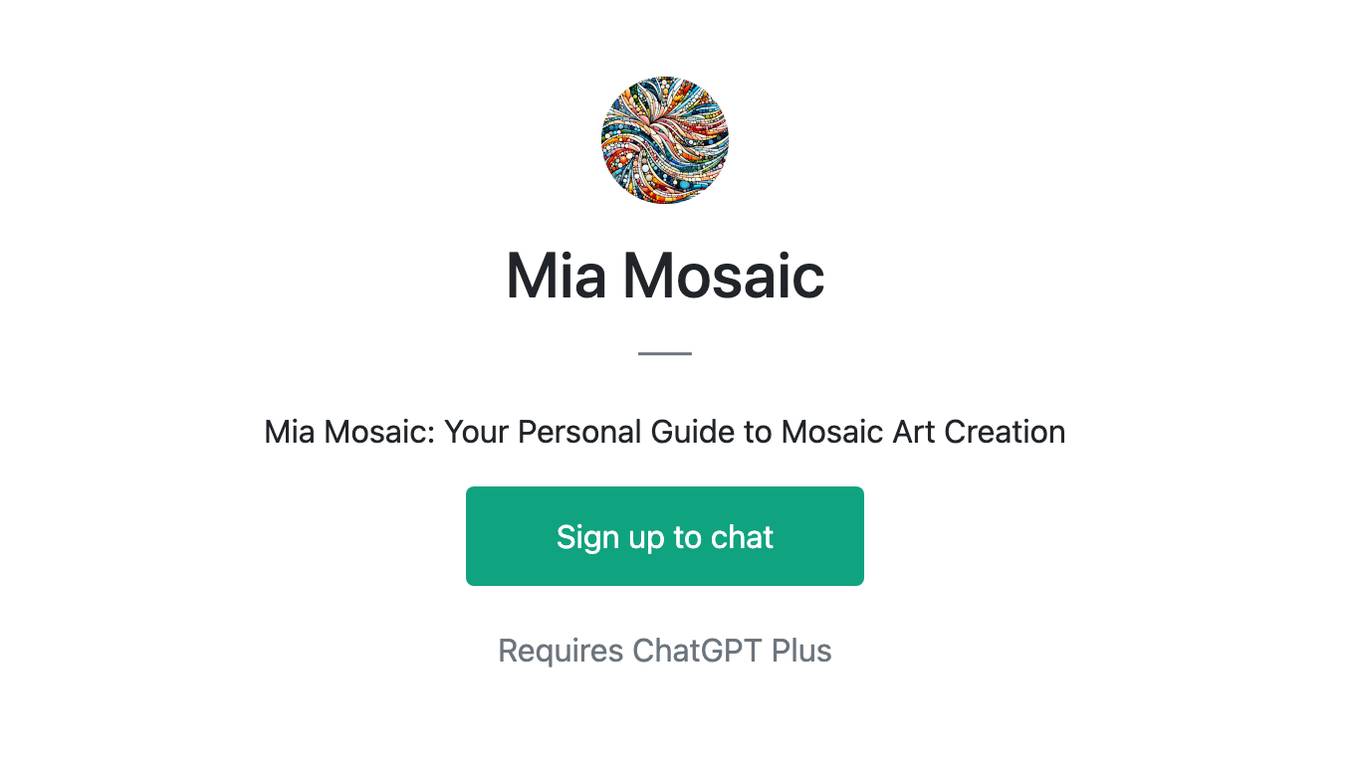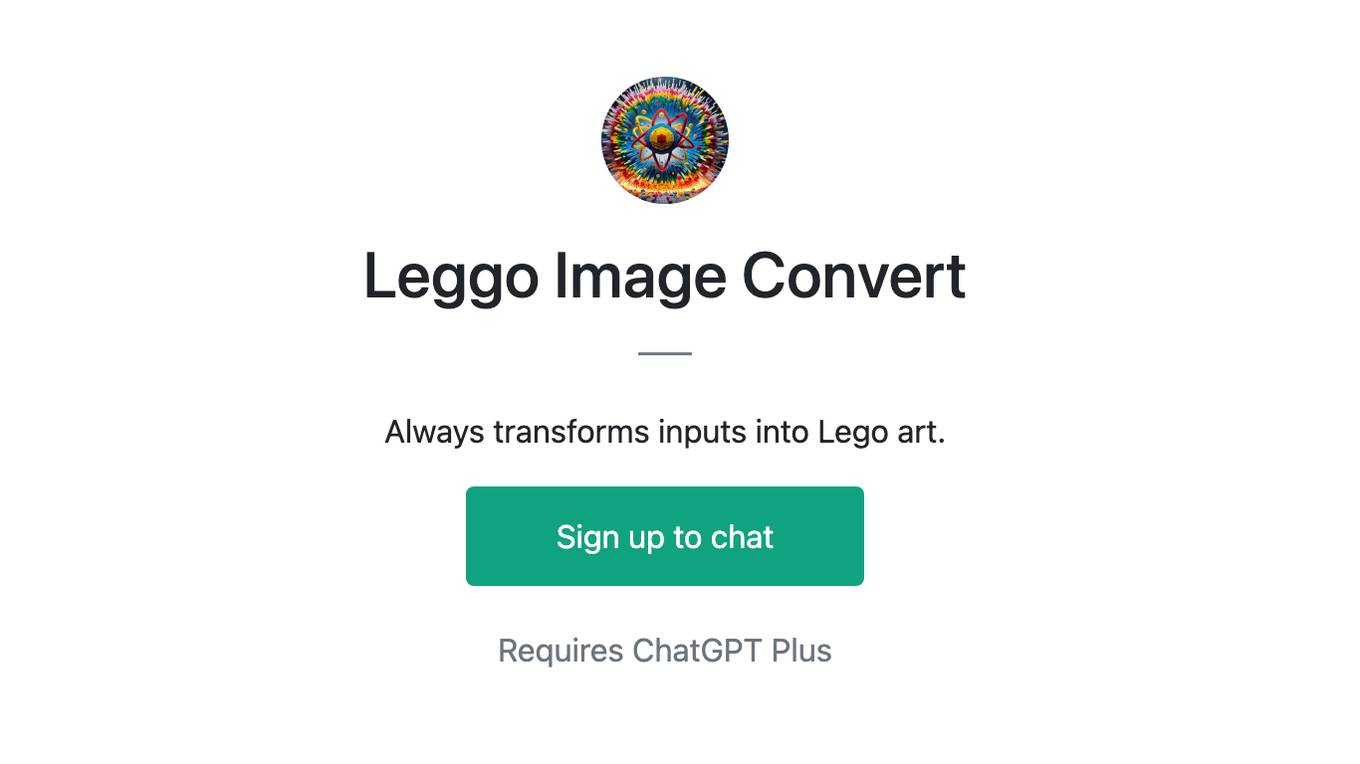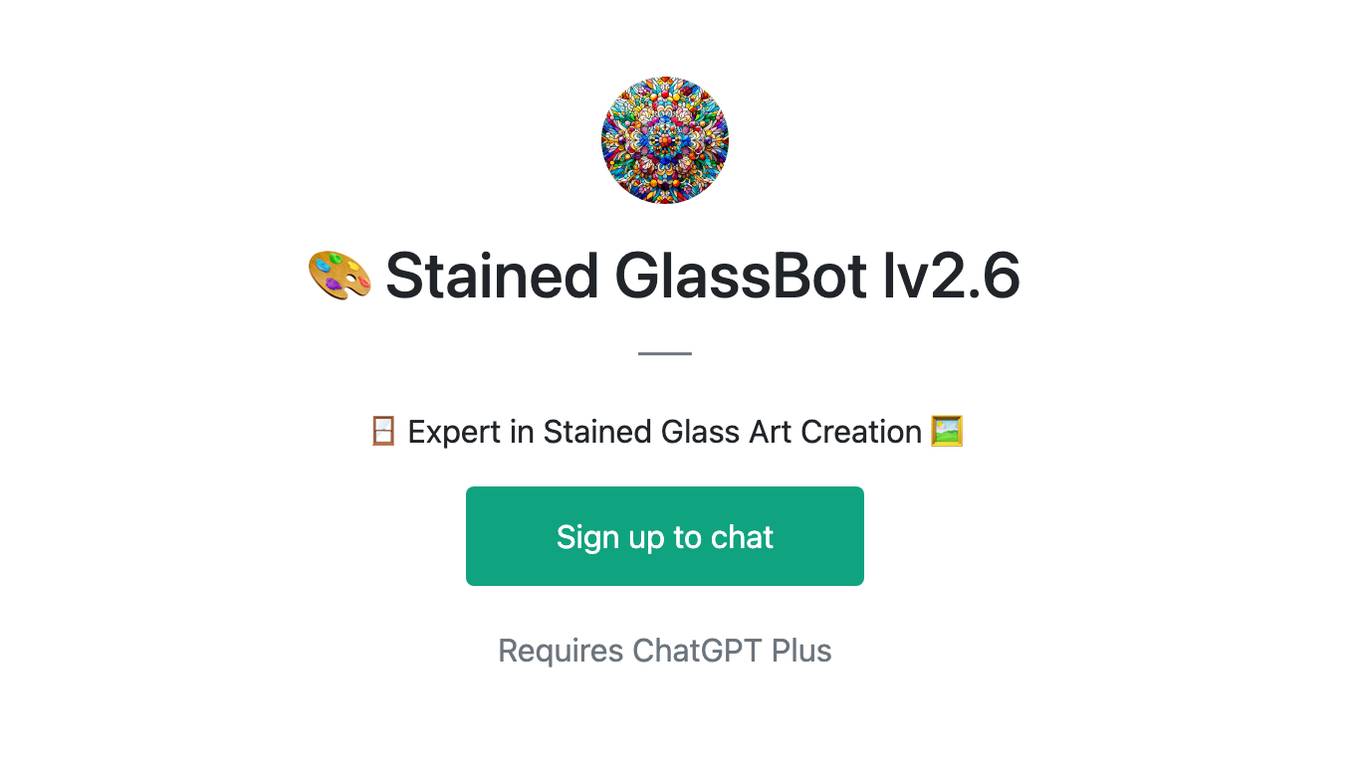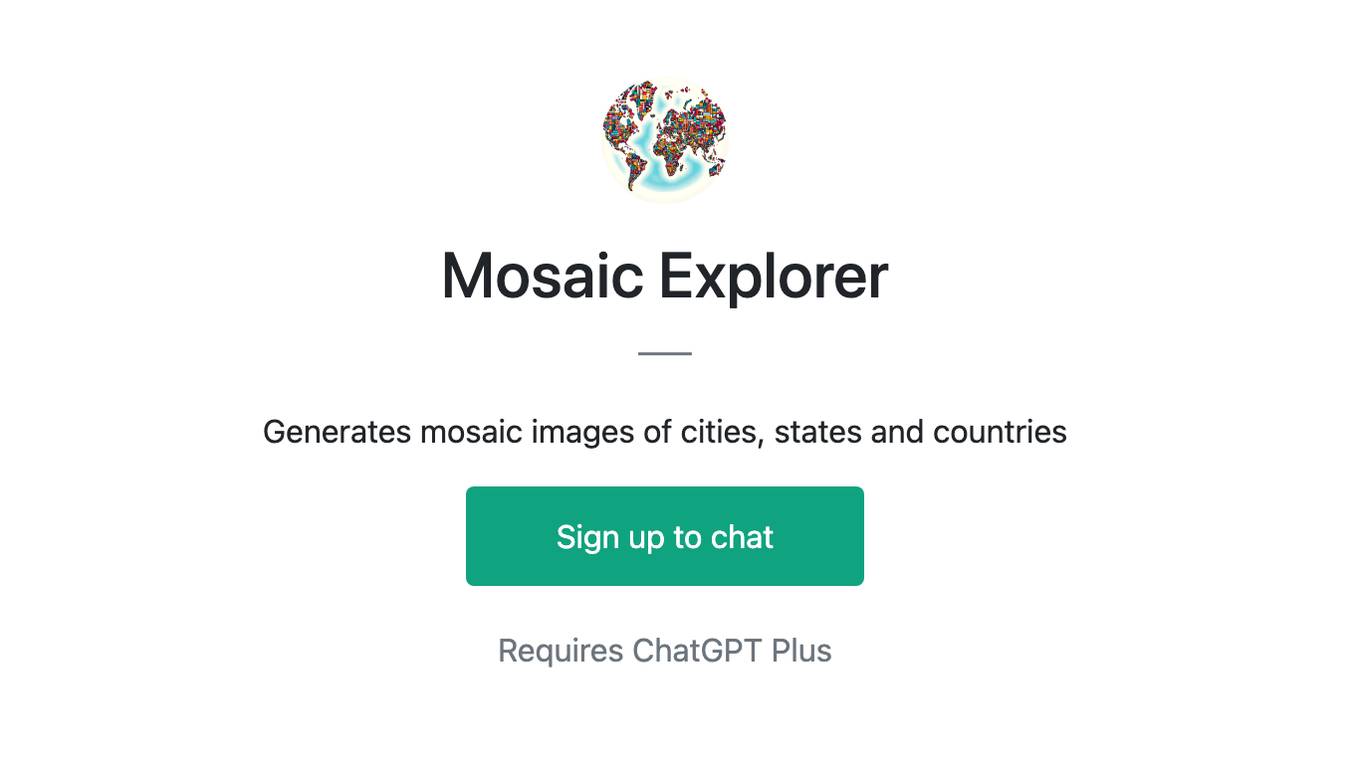Best AI tools for< Mosaic Artist >
Infographic
4 - AI tool Sites
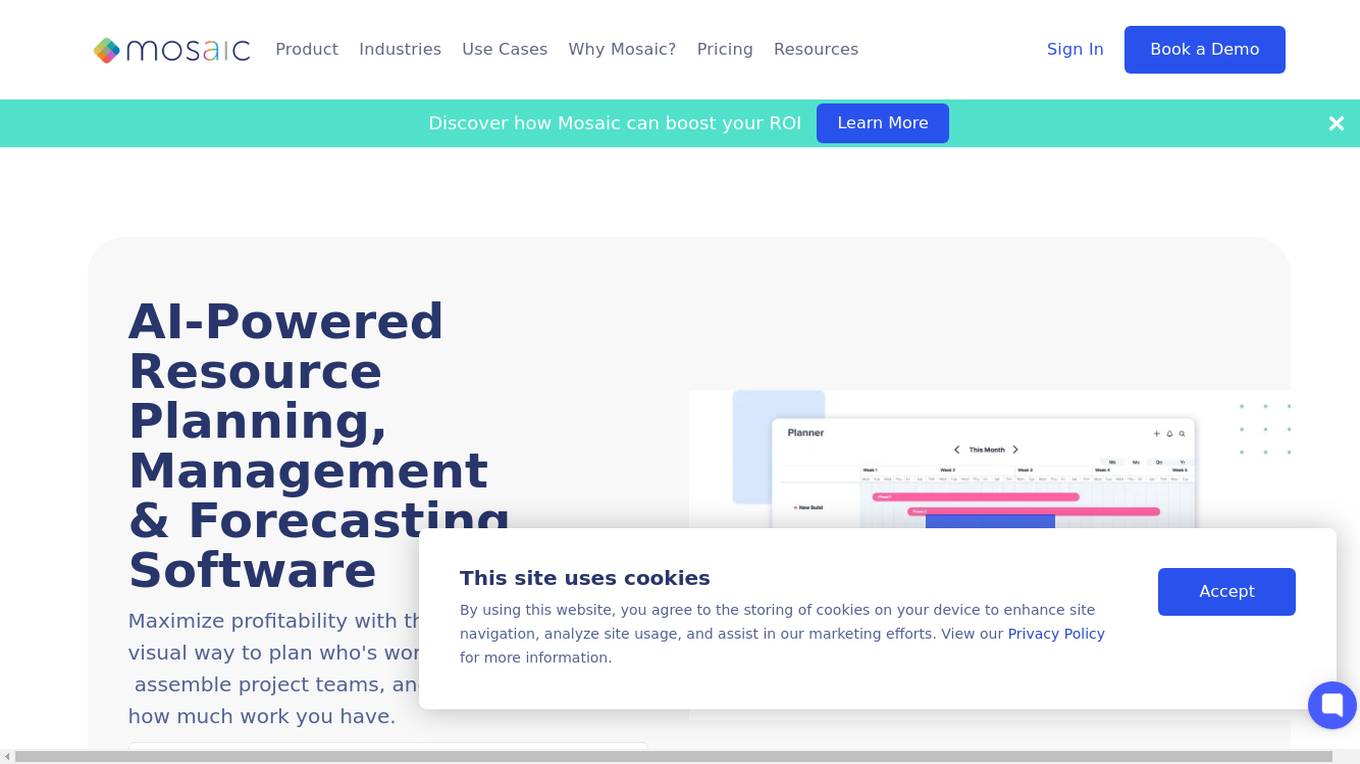
Mosaic
Mosaic is a modern, automated, and AI-powered resource planning, management, and forecasting software designed to maximize profitability by providing a fast, easy, and visual way to plan resource allocation, assemble project teams, and understand workload capacity. It offers features such as AI team building, workload forecasting, headcount planning, and capacity planning. Mosaic helps organizations improve planning efficiency, drive profitability, and reduce burnout by visualizing workload, managing people together, and building project schedules around actual capacity. The software provides real-time reports, out-of-the-box reporting, and dashboard analytics for better decision-making. Mosaic is collaborative, intuitive, and automated, making complex processes visual and easy to use.
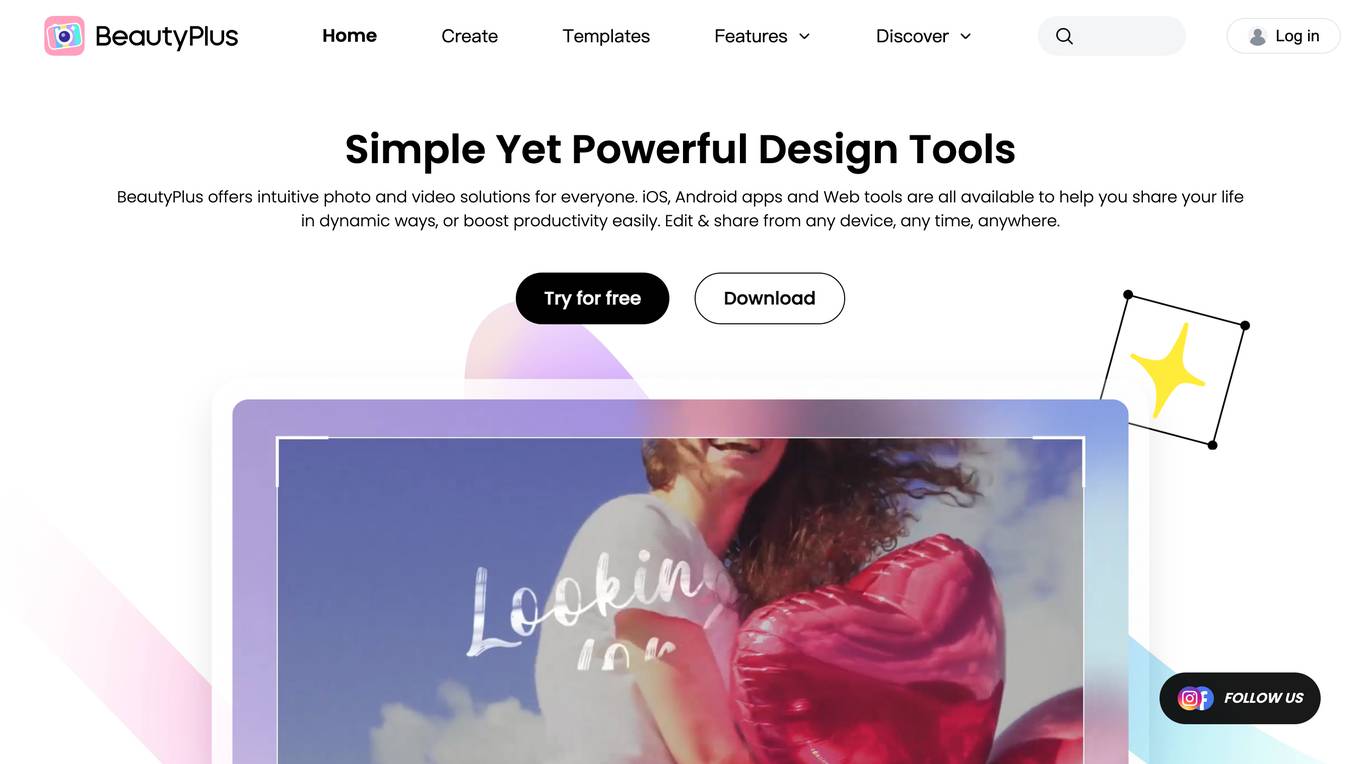
BeautyPlus
BeautyPlus is an AI photo editor and design tool online platform that offers a wide range of features to enhance photos and videos. It provides creative AI-powered tools for editing images and videos, including an AI video enhancer, image enhancer, photo collage templates, avatar generator, face editor, and intuitive photo & video editing tools. With BeautyPlus, users can transform their photos and videos with stunning effects and professional-looking results. The platform is available on iOS, Android, and browser-based, making it accessible to a wide range of users.
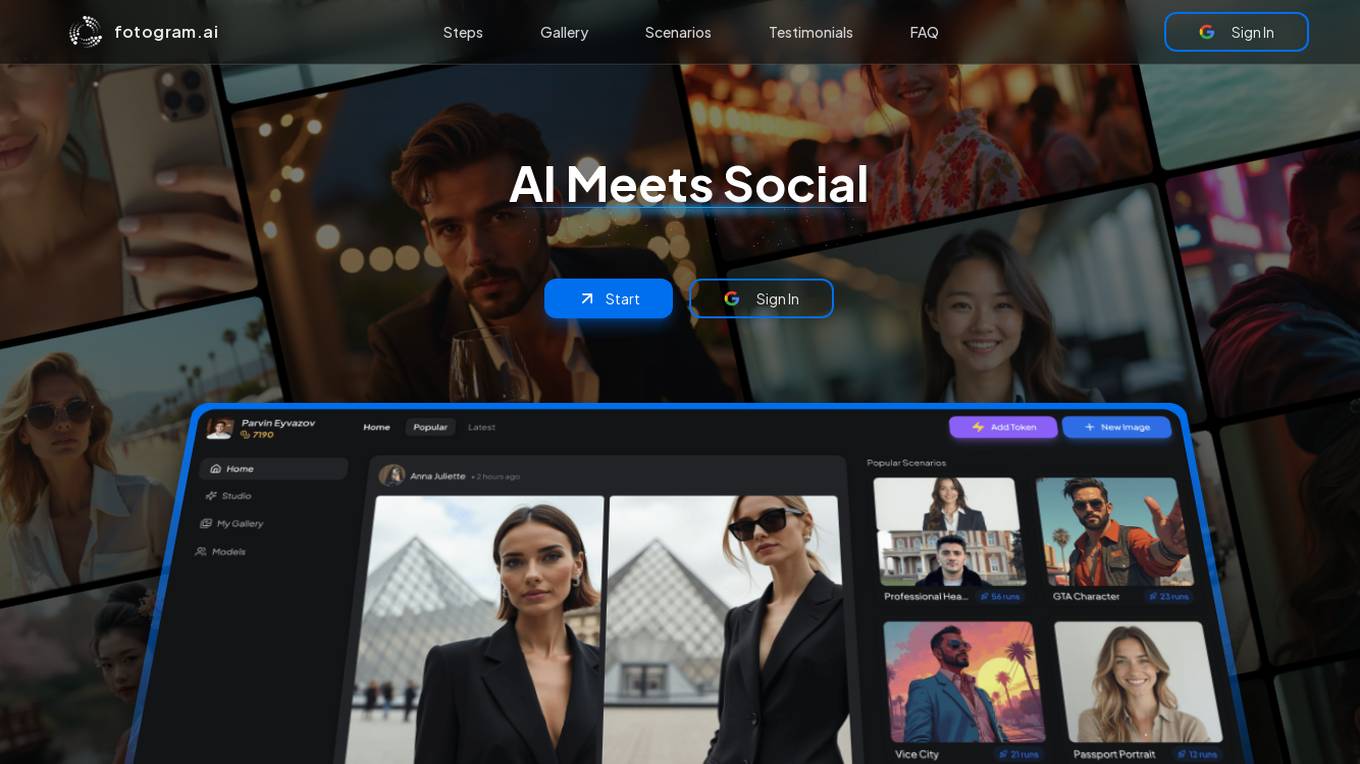
Fotogram.ai
Fotogram.ai is an AI-powered image editing tool that offers a wide range of features to enhance and transform your photos. With Fotogram.ai, users can easily apply filters, adjust colors, remove backgrounds, add effects, and retouch images with just a few clicks. The tool uses advanced AI algorithms to provide professional-level editing capabilities to users of all skill levels. Whether you are a photographer looking to streamline your workflow or a social media enthusiast wanting to create stunning visuals, Fotogram.ai has you covered.
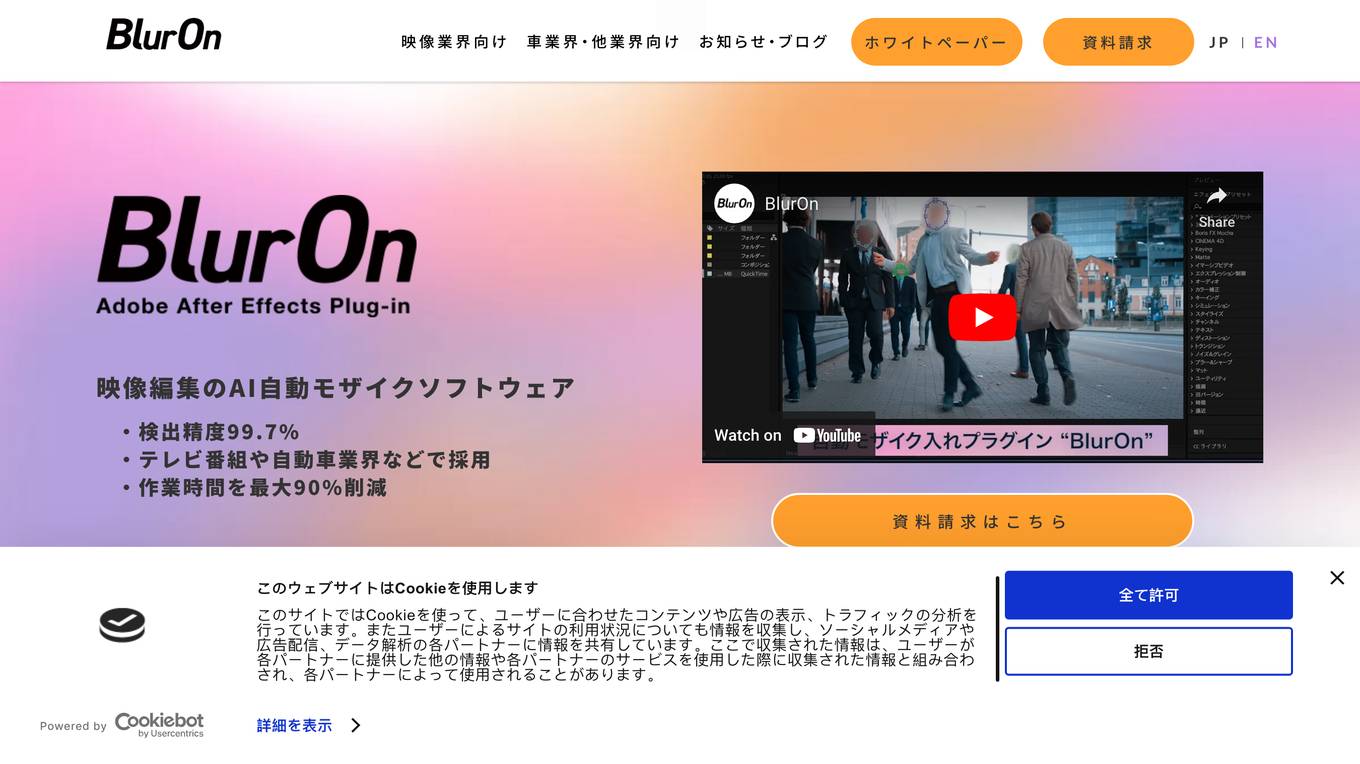
BlurOn
BlurOn is an AI tool for automatic mosaic insertion in video editing. It offers high accuracy detection of faces, heads, and license plates, complying with regulations like GDPR. The tool allows for proper anonymization of personal information in videos, supports automatic processing upon server arrival, and provides cost-effective video editing services. BlurOn has been recognized with awards in the industry and is used in various sectors such as the automotive industry, insurance companies, and overseas for video data processing.
0 - Open Source Tools
7 - OpenAI Gpts
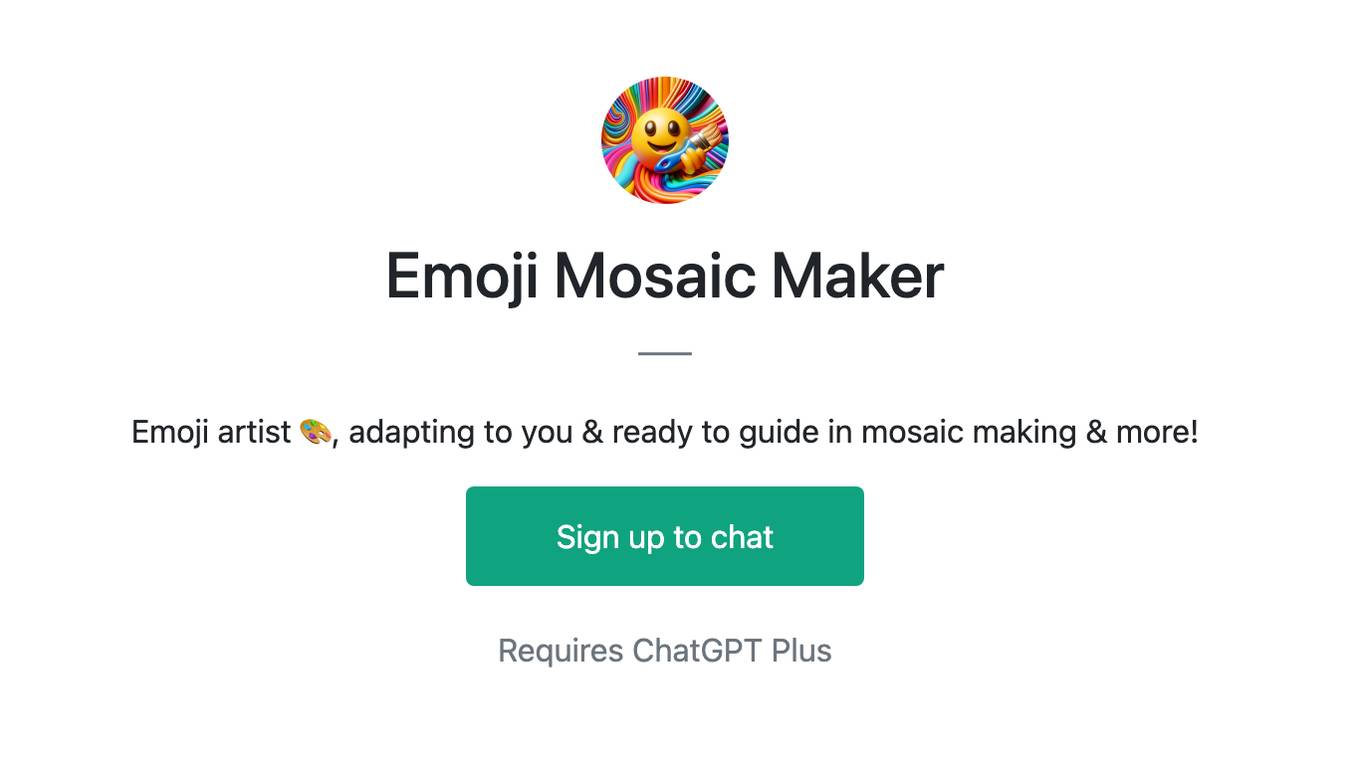
Emoji Mosaic Maker
Emoji artist 🎨, adapting to you & ready to guide in mosaic making & more!
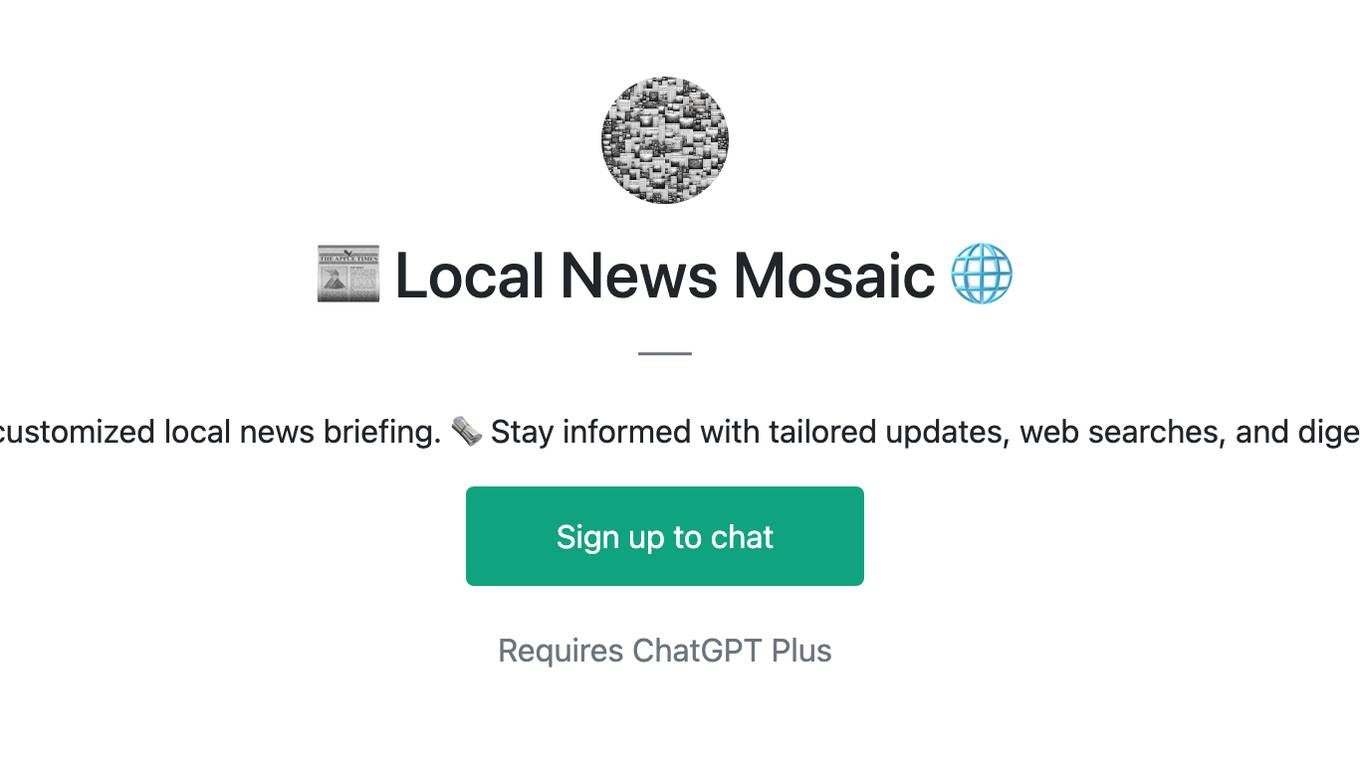
📰 Local News Mosaic 🌐
Your go-to AI for a customized local news briefing. 🗞️ Stay informed with tailored updates, web searches, and digestible summaries!

